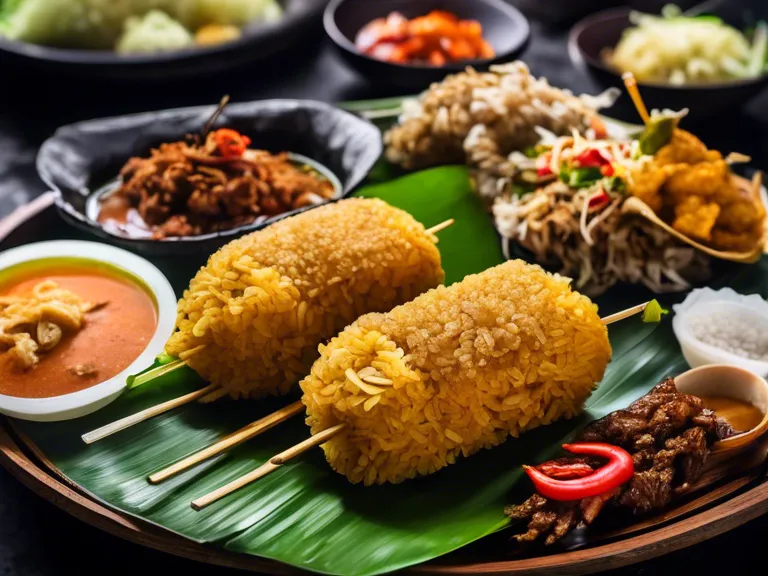
Indonesia is a country known for its rich cultural diversity, and one of the best ways to experience this diversity is through its street food. Indonesian street food reflects the nation's diverse culture in more ways than one. From bustling street markets to food stalls lining every corner, Indonesian street food offers a wide array of flavors, ingredients, and cooking styles that showcase the traditions and heritage of different regions across the archipelago.
One of the most iconic Indonesian street foods is nasi goreng, a delicious fried rice dish that can be found in every part of the country. Nasi goreng is a prime example of how Indonesian cuisine has been influenced by various cultures, including Chinese, Indian, and Dutch. The use of kecap manis (sweet soy sauce) in nasi goreng is a clear indication of the Chinese influence on Indonesian cuisine, while the addition of spices like turmeric and chili reflects the Indian influence.
Another popular Indonesian street food is sate, which consists of grilled skewers of meat served with peanut sauce. Sate is a dish that is enjoyed by people of all backgrounds in Indonesia, regardless of their ethnicity or religion. This dish showcases the culinary diversity of Indonesia, as it can be made with different types of meat such as chicken, beef, or even goat, depending on the region.
Indonesian street food also highlights the country's abundance of fresh produce and seafood. Dishes like gado-gado (vegetable salad with peanut sauce) and bakso (meatball soup) are made with a variety of vegetables, herbs, and spices that are grown locally. Seafood-based street foods like pempek (fish cakes) and grilled fish skewers are popular in coastal regions, showcasing Indonesia's coastal cuisine.
Overall, Indonesian street food is a reflection of the country's diverse culture, history, and geography. By exploring the flavors and ingredients found in Indonesian street food, one can truly experience the melting pot of influences that have shaped Indonesia's culinary landscape.



